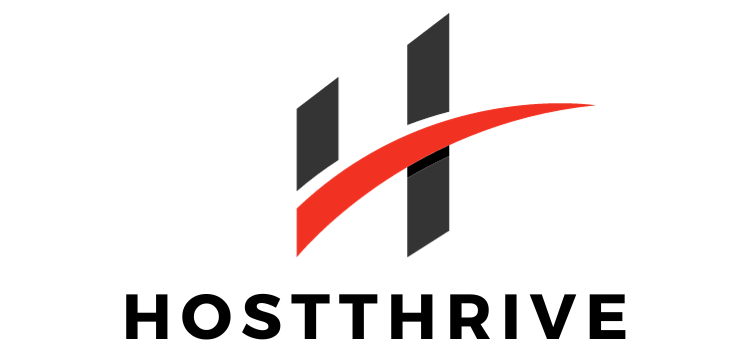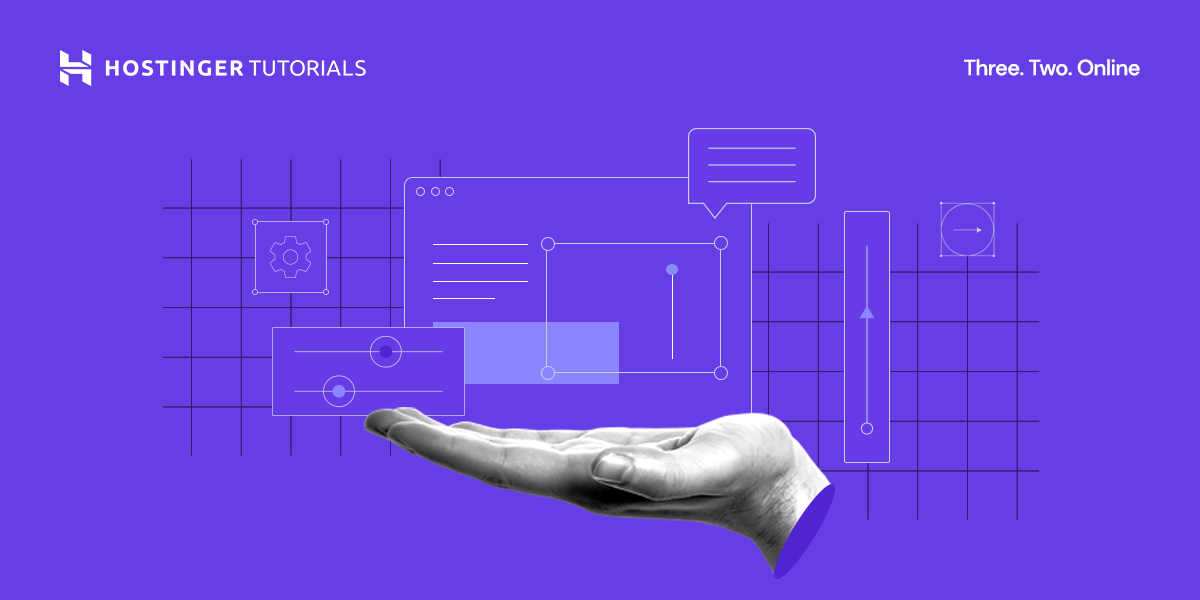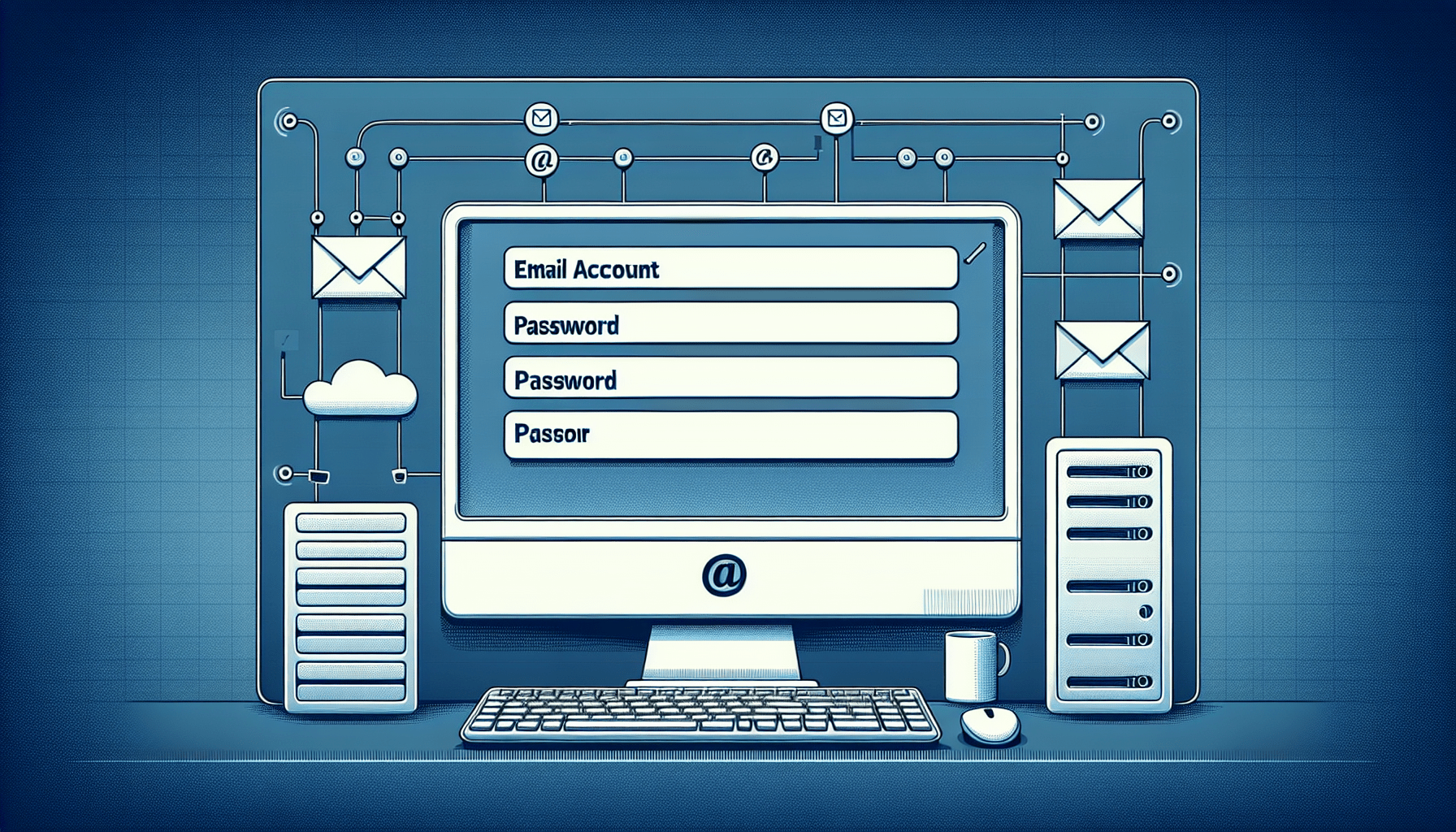How To Protect Your Website From Malware Injections?
Have you ever wondered how you can keep your website safe from malicious malware injections? In today’s digital age, cyber attacks are becoming increasingly sophisticated, making it crucial for website owners to take proactive measures to protect their online assets. In this article, we will explore effective strategies you can implement to safeguard your website from malware injections. Let’s dive in!
Understanding Malware Injections
Malware injections are a common method used by cybercriminals to compromise websites and steal sensitive information. By injecting malicious code into your website’s files or database, hackers can gain unauthorized access, install malware, or manipulate content to carry out fraudulent activities. It’s essential to understand how these attacks work to effectively prevent them from happening to your website.
What are Malware Injections?
Malware injections involve inserting malicious code into your website to exploit vulnerabilities and execute harmful actions. These scripts often go undetected and can cause significant damage to your website’s reputation and functionality. Common types of malware injections include SQL injections, cross-site scripting (XSS), and backdoor injections.
How Do Malware Injections Occur?
Malware injections can occur through various entry points, such as insecure plugins, outdated software, weak passwords, or unsecured file uploads. Hackers exploit these vulnerabilities to gain access to your website and implant malicious code. Once injected, malware can spread throughout your website, infecting visitors’ devices, stealing data, or defacing your web pages.
Securing Your Website Against Malware Injections
Now that you understand the risks associated with malware injections, it’s time to fortify your website’s defenses against these cyber threats. By implementing robust security measures and following best practices, you can significantly reduce the likelihood of your website falling victim to malware injections. Let’s explore some effective strategies to protect your website:
Keep Your Software Updated
Regularly updating your website’s software, including content management systems (CMS), plugins, themes, and scripts, is crucial for keeping vulnerabilities at bay. Hackers often target outdated software with known security flaws to exploit them and inject malware. By staying current with software updates, you can patch these vulnerabilities and strengthen your website’s defenses.
Use Strong Passwords
One of the simplest yet most effective ways to prevent malware injections is by using strong passwords for your website admin accounts, FTP, and database. Avoid using predictable passwords like “password123” or “admin123” that are easy to guess. Instead, create complex passwords with a mix of uppercase and lowercase letters, numbers, and special characters to enhance security.
Implement Web Application Firewalls (WAF)
Web Application Firewalls (WAF) act as a protective barrier between your website and potential cyber threats, including malware injections. WAFs monitor incoming web traffic, filter out malicious requests, and block suspicious activities in real-time. By deploying a WAF, you can prevent malware injections, brute force attacks, and other malicious activities from compromising your website.
Conduct Regular Security Scans
Performing regular security scans on your website can help you identify any vulnerabilities or malware infections before they escalate. Use reputable security tools and scanners to scan your website for malware, suspicious code, or outdated software. By conducting routine scans, you can proactively detect and eliminate any potential threats to your website’s security.
Backup Your Website Regularly
Creating backups of your website’s files, database, and content is essential for mitigating the impact of malware injections or other cyber attacks. In the event of a security breach or data loss, having up-to-date backups can help you restore your website to its previous state quickly. Store backups in secure locations, such as cloud storage or offline storage devices, to ensure they remain intact.
Limit File Uploads and User Permissions
Restricting file uploads and user permissions on your website can prevent malicious code from being injected through user-generated content or files. Implement file upload restrictions, validate user inputs, and assign specific permissions to users based on their roles. By controlling access to sensitive areas of your website, you can reduce the risk of malware injections and unauthorized access.
Monitoring and Responding to Malware Injections
Despite taking preventive measures, there is always a possibility that your website may still fall victim to malware injections. In such cases, it’s essential to monitor your website’s security and respond promptly to any suspicious activities. By staying vigilant and proactive, you can minimize the impact of malware injections and protect your website’s integrity.
Monitor Website Traffic and Activities
Regularly monitor your website traffic, server logs, and user activities to detect any unusual behavior or patterns indicative of malware injections. Look out for suspicious file changes, unauthorized logins, or abnormal traffic spikes that may signal a security breach. By keeping an eye on your website’s activities, you can quickly identify and address potential threats.
Invest in Security Monitoring Tools
Utilize security monitoring tools and services to enhance your website’s security posture and detect malware injections in real-time. Consider using web security platforms, intrusion detection systems (IDS), or malware scanners to monitor your website for vulnerabilities and malicious activities. These tools can provide alerts, reports, and insights to help you identify and respond to security incidents promptly.
Responding to Malware Injections
If you suspect or confirm that your website has been compromised by malware injections, it’s crucial to act swiftly to contain the threat and restore your website’s security. Quarantine affected files, analyze the source of the malware, and remove malicious code from your website. Notify your hosting provider, security team, or web development professionals for assistance in cleaning up and securing your website.
Conclusion
Protecting your website from malware injections requires a proactive approach to security, vigilance, and continuous monitoring. By implementing robust security measures, keeping your software updated, using strong passwords, and conducting regular security scans, you can significantly reduce the risk of falling victim to cyber attacks. Remember, prevention is key when it comes to safeguarding your website from malware injections. Stay informed, stay secure, and keep your website safe from malicious threats.









